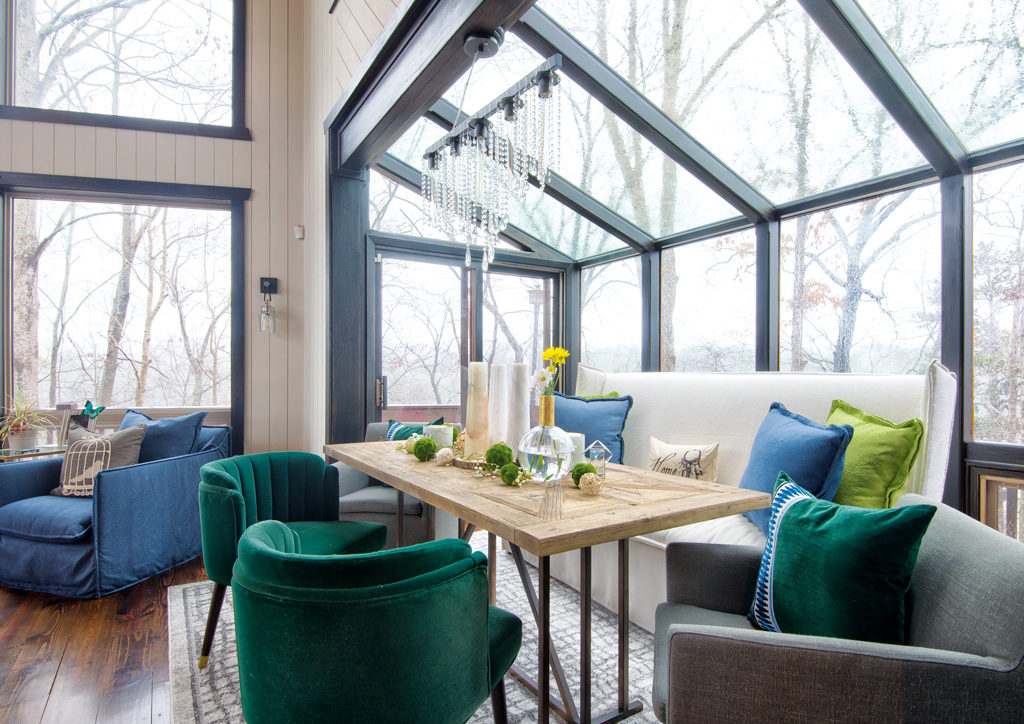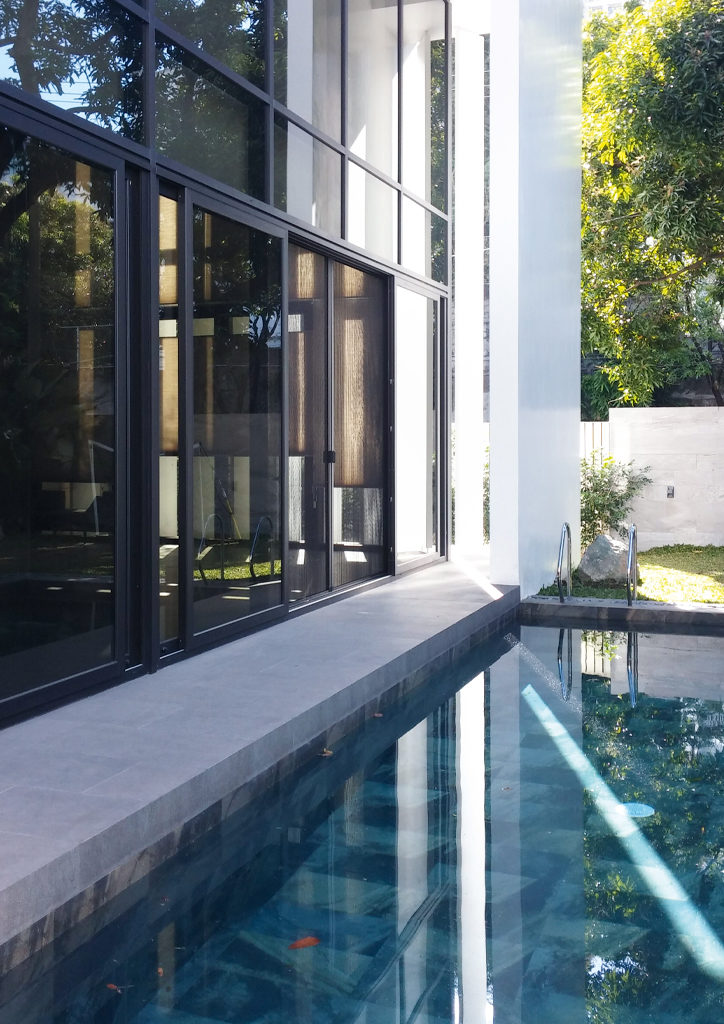The prerequisites in obtaining the required information are rather mundane—an electronic device that can connect to the Internet and a working Internet connection would expose a very important piece of information not just for the sake of knowing, but also for the sake of discussion. In 2017, design and architecture website published the results of a survey that proved what most people probably knew in the first place—architecture is a profession that revels in the dominance of men. The study also revealed that there were only three firms headed by women out of the world’s top 100 architecture firms and less than that number have more females than males in the management teams. Even alarming was the fact that showed 16% of the top firms have no women at all appointed to senior roles. “My firm is always in a competitive environment with men,” says Cathy Saldaña, principal architect of PDP. “High-rise structures, developments with renewable energy, new ideas, and technologies for buildings seem to attract mostly men and only a few women like me,” she continues.
RELATED READS: The New Office: Designing Your Workspace At Home

Cultural Impact of Design
To the untrained, design is defined mainly by either a hefty tag price or a famous name attached to the label. Others may be confined to the presence of heavy embellishments and ornamentations. For Stephanie Tan-Branquinho, principal architect at SpaceFabrik, however, it extends way beyond the reach of the senses; it becomes a metaphysical force that influences and encourages thoughts and actions. “Design is all around us and affects every aspect of our lives—physical, mental, and spiritual states,” she says. “From singular things and compact spaces to built environments, design affects the overall quality of the way we live,” she continues.
Take for example a singular item—the chair. Though easily ignored because of its prevalence and universality, chronicling the chair and its evolution provides a clear narration of the changes in political and economic climate. The use of wood signifies the agricultural age and the presence of tubular steel ushers the modern era. This almost always-utilitarian piece of furniture may have been instrumental in bestowing power to design to conquer homes, form cultures, and build societies. “The ability of design as a driving force in shaping beliefs is visible at all scales. It can be used to influence culture by upholding institutions and protect cultural identities or completely help create new systems,” says Cayetano. In the case of the chair, it can be found in just about everywhere. But the best one in any organization belongs to the boss—and it is not a coincidence.
RELATED READS: 7 Online Destinations To Help You Become A Full-Fledged Plant Parent

Design Is Never Silent
Words have the power to create new cultures, reexamine understanding, and either build or destroy a nation. Design can do the same without the use of a single word—but with a rich narrative contained in every bend,
recess, or slope. “Things, spaces, and the built environment all are examples of a powerful force in society. None of them have an audible voice or written messages, but they shake us to our cores,” says Tan-Branquinho. Like words, a design’s story can sometimes be universal, while it also permits individual interpretation. “Design can talk to us not in words, but cryptic messages,” explains Cayetano. “Its message can be political if it wants to like the Frankfurt Kitchen, but it can also be apolitical and that would be also a strong statement,” she continues.
In 2004, Baghdad-born Zaha Hadid had been chosen to be the first female Laureate of the Pritzker Architecture Prize. Apart from Hadid’s The Riverside Museum in Scotland, the Guangzhou Opera House, and the Heydar Aliyev Center in Azerbaijan, this lifetime has also offered obvious transformations in the built environments courtesy of thought leaders Arch. Minnette de Silva and Arch. Wang Chiu-Hwa. Saldaña, through her many endeavors, makes the feminine voice matter. “I have been a leader in many organizations and my voice has spoken for many other voices, women who want to make a mark in the design industry, and those who would like to break from stereotypes.”
Read the full story written by Ome Itum in Lifestyle Asia’s October 2020 issue titled, “The Future is Female.”





